Apple and long-time rival Samsung continue to be the top two buyers of semiconductor chips, according to a Gartner report, with both firms growing their share of the global market year-on-year by increasing the amount they spend, potentially caused in part by flash memory price increases.
The top ten list puts Apple in second place behind Samsung in terms of semiconductor spending, with Gartner reporting the iPhone producer spent approximately $38.754 billion on the components in all of 2017, giving it a market share of 9.2 percent. Compared to the $30.39 billion reportedly spent in 2016, this is said to represent a growth in spending by Apple of 27.5 percent.
Ahead of Apple, Samsung spent $31.426 billion on the chips in 2016, just over a billion more than Apple did in the same year. In 2017, Samsung is claimed to have spent $43.108 billion on the chips, a 37.2 percent year-on-year increase and $4.3 billion more than Apple's expenditure in the same period, giving the South Korean electronics giant a 10.3 percent share of the market.
"Samsung Electronics and Apple not only retained their respective No.1 and No.2 positions, they also radically increased their share of semiconductor spending through 2017," said Gartner principal research analyst Masatsune Yamaji. "These two companies have held on to the top positions since 2011 and they continue to exert significant influence on technology and price trends for the whole semiconductor industry."
Combined together, Samsung and Apple consumed $81.8 billion in semiconductors in 2017, according to the report, an increase of more than $20 billion compared to what they spent in total the previous year.
Trailing behind Apple is Dell in third, spending $15.702 billion in 2017, followed by Lenovo's $14.671 billion expenditure, and Huawei's $14.259 billion. The rest of the list consists of BBK Electronics, HP Inc., Hewlett Packard Enterprises, LG, and Western Digital.
It is reported approximately $419.72 billion was spent on semiconductors in 2017 across the entire market, representing an overall growth in spending of 22.2 percent.
While the increased semiconductor spending could be attributed to higher sales of products, price increases of DRAM and NAND flash memory also played a part raising costs for the firms. Supply shortages forced price rises for memory throughout the year, as well as supply issues in fields such as microcontrollers, caused prices to inflate, and the majority of hardware producers are effectively forced to spend more to acquire the harder-to-attain components.
According to Gartner, the top 10 producers included in the list accounted for 40 percent of the total semiconductor market in 2017, up from 31 percent from ten years ago. The firm expects the trend to continue, predicting that the top 10 producers will account for more than 45 percent of total market spending by 2021.
 Malcolm Owen
Malcolm Owen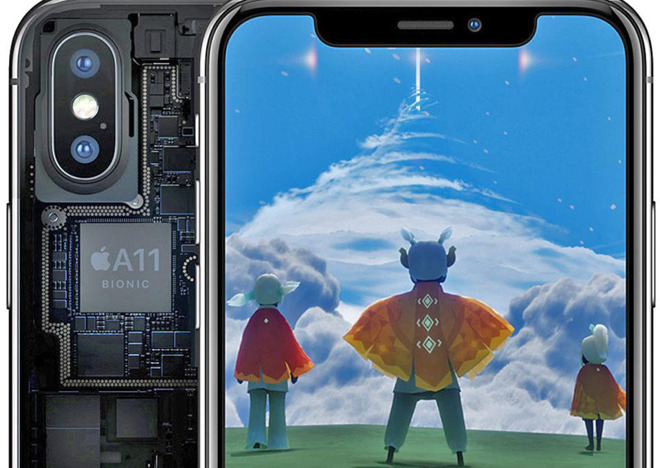
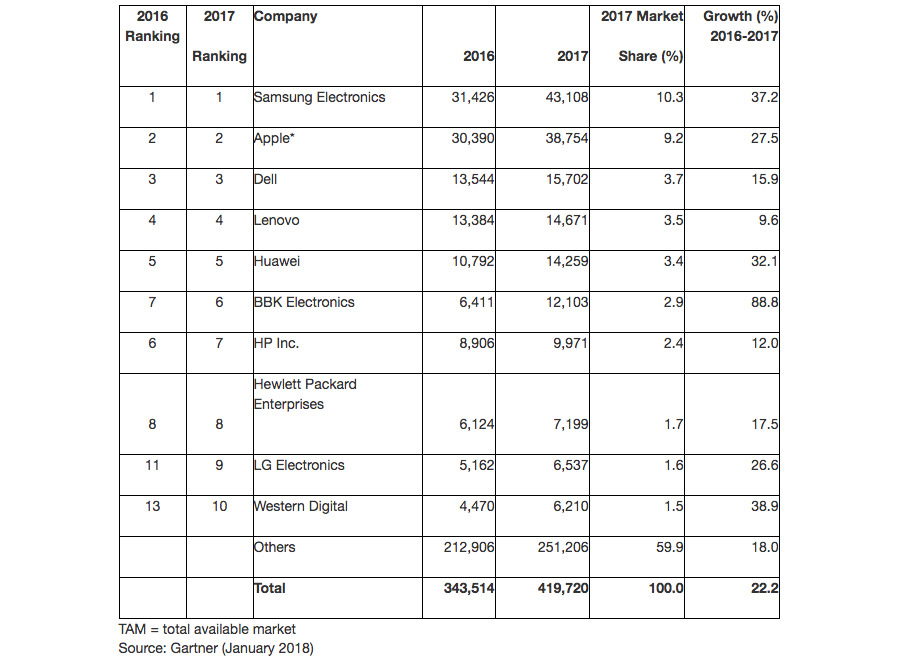







-m.jpg)





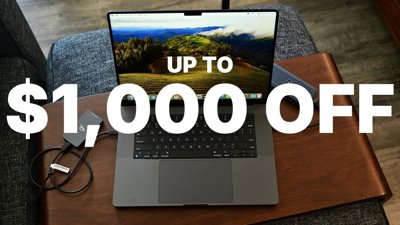
 Christine McKee
Christine McKee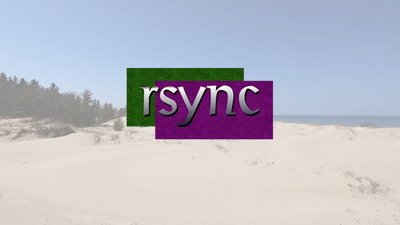
 Chip Loder
Chip Loder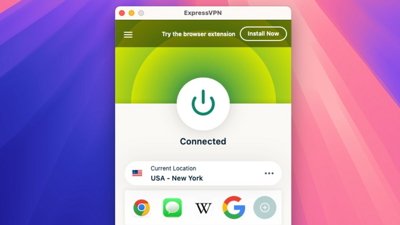
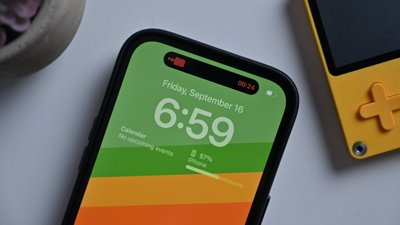
 Marko Zivkovic
Marko Zivkovic
 Wesley Hilliard
Wesley Hilliard

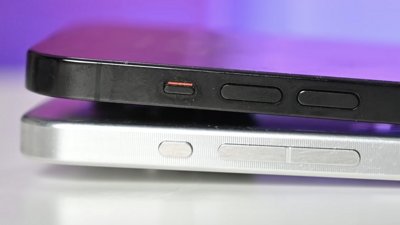





-m.jpg)
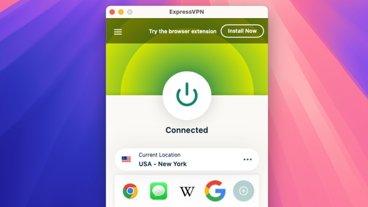



5 Comments
The surprise here is Dell and Lenovo, both do not sell Smartphone manage to be in Top 5.
When you consider the breadth of Samsung’s business compared to Apple, it’s actually surprising Apple is as close as it is.
I don’t know what BBK sells, but it sure made a heck of a jump...!
Samsung now puts chips into freezer, boats, toasters, vacuum, etc. Yeah, they should be first :-).